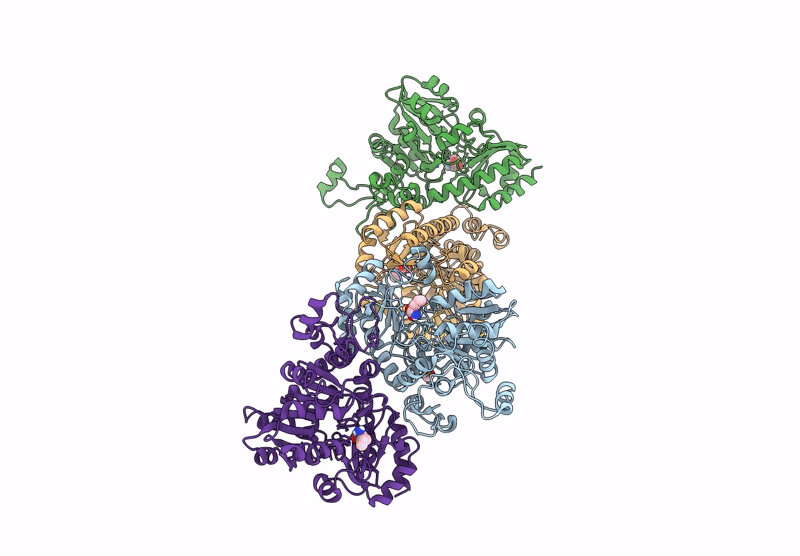
Deposition Date
2025-03-21
Release Date
2025-11-19
Last Version Date
2025-11-19
Entry Detail
PDB ID:
9QM6
Keywords:
Title:
Crystal structure of highly stable methionine gamma-lyase from Thermobrachium celere in complex with PLP and norleucine
Biological Source:
Source Organism:
Thermobrachium celere (Taxon ID: 53422)
Host Organism:
Method Details:
Experimental Method:
Resolution:
2.61 Å
R-Value Free:
0.26
R-Value Work:
0.24
R-Value Observed:
0.25
Space Group:
P 61 2 2


